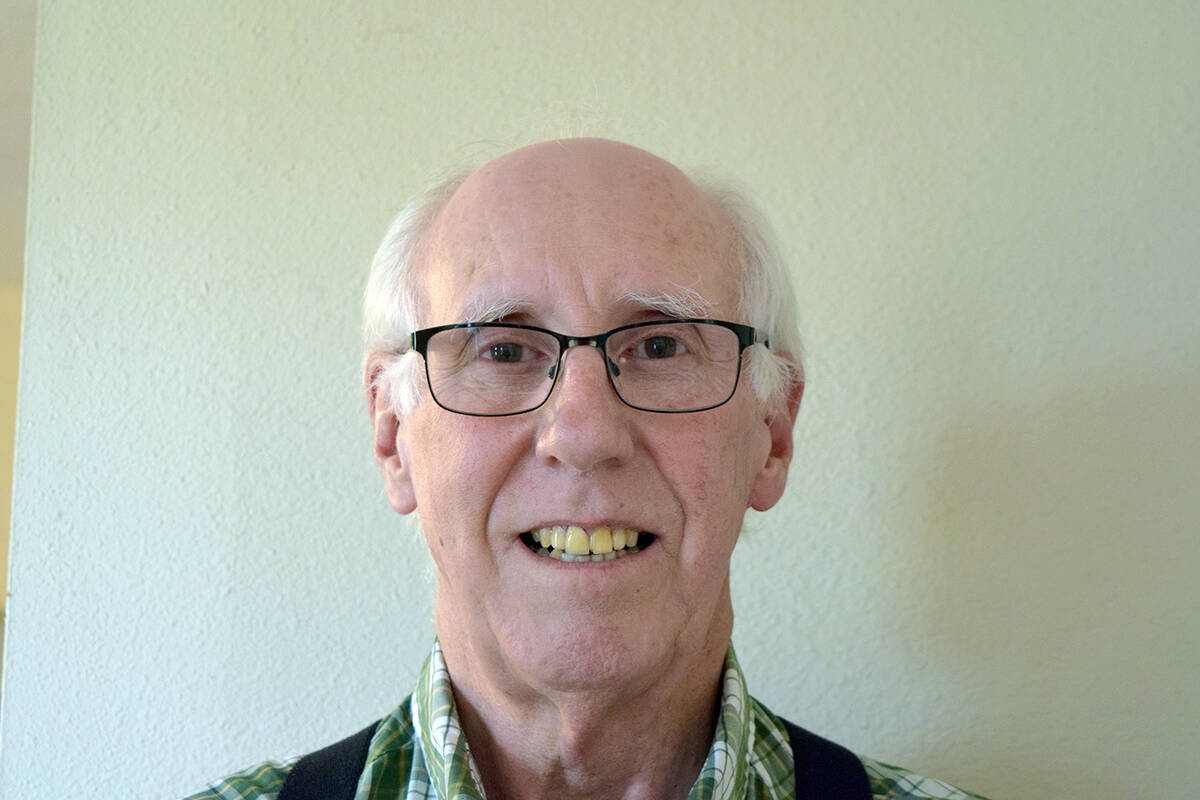
Hawthorne, Nevada, was a little railroad town back in the 1880s, a stop on the Carson &Colorado Railroad line.
One of the leading mercantile stores in town was Knapp &Laws. The store offered most anything you could want in those days, ranging from wash tubs to caps, fuses, mining and prospecting implements, groceries and even baby dresses.
Among the more trusted employees of the store was an Indian by the name of Nobe. He had many failings, like many of us, but what he liked to do most was emulate the ways of the white men around him — their dress, mannerisms and finding various ways to make money.
At the time it was illegal to sell liquor to Indians. But Nobe saw there was a ready, even enthusiastic market for liquor consumption among the white population of Hawthorne. Such being said, he saw an opportunity for capital gain and reasoned there would be an equally enthusiastic market among his own people, eager and ready to buy, if only he could provide the product.
Working in a store that sold liquor, Nobe thought supplying the product would not be a difficult task. So one night with the help of a few friends, he made off with five cases of top-of-the-line, good, old-fashioned whiskey. He also took a large wooden plank that could serve as a sales counter.
In pulling off the theft Nobe took great pains to be sure that nothing in the store appeared disturbed. Nothing to attract suspicion. And it was some time before Knapp &Laws noticed anything really was missing.
What was noticed to be missing after a while were all the Indians. They appeared to have simply vanished. This included cooks, washerwomen, baby tenders, (nannies in today’s terms), and just about every Indian who frequented Hawthorne regularly.
A search party was sent out and in not too long, it picked up footprints in the alkali hills and flats southwest of town. Following the trail for some 16 miles, the searchers came upon a scene described by one eye-witness as “near carnage” on the middle of a big alkali flat. For on the site, all that was mortal of every man, woman and child of Hawthorne’s Indian colony was completely dead drunk.
Nobe’s idea to sell the whiskey, or maybe just give it away, to members of his own tribe had gone very well and from the looks of things at the moment, it had gone too well.
The faces of some who were sleeping, others stumbling about, bore witness to the countless battle royals, with scores of black eyes, bloody noses, a few head wounds, torn clothing and handfuls of long, black hair. Footprints in the sands told of Indian dances and all sorts of maneuvers that had taken place.
And the whiskey was all gone, all five cases of it. A lot of broken bottles around, too.
One historian noted “the peaceful desert air was shattered by numerous big and little snores.” The whole tribe was described to be so drunk as to be unconscious or not know what they were doing.
A few days later, the enterprising Nobe crept back to his job at Knapp &Laws Mercantile. He didn’t really remember much of what had happened out there on the flat. But his conscience hurt him so much that he agreed to stay on and work off the cost of all the whiskey instead of spending time in jail. It took many months, but he did pay it all back to the last penny.
And to this day, the big alkali area near Excelsior Mountain and the border with California, where it all happened, is known as Whiskey Flats.
(Adapted from a story by Harold’s Club, 1953, and the Nevada Historical Society)
Dave Maxwell is a Nevada news reporter with over 35 years in print and broadcast journalism, and greatly interested in early Nevada history. He can be reached at maxwellhe@yahoo.com.